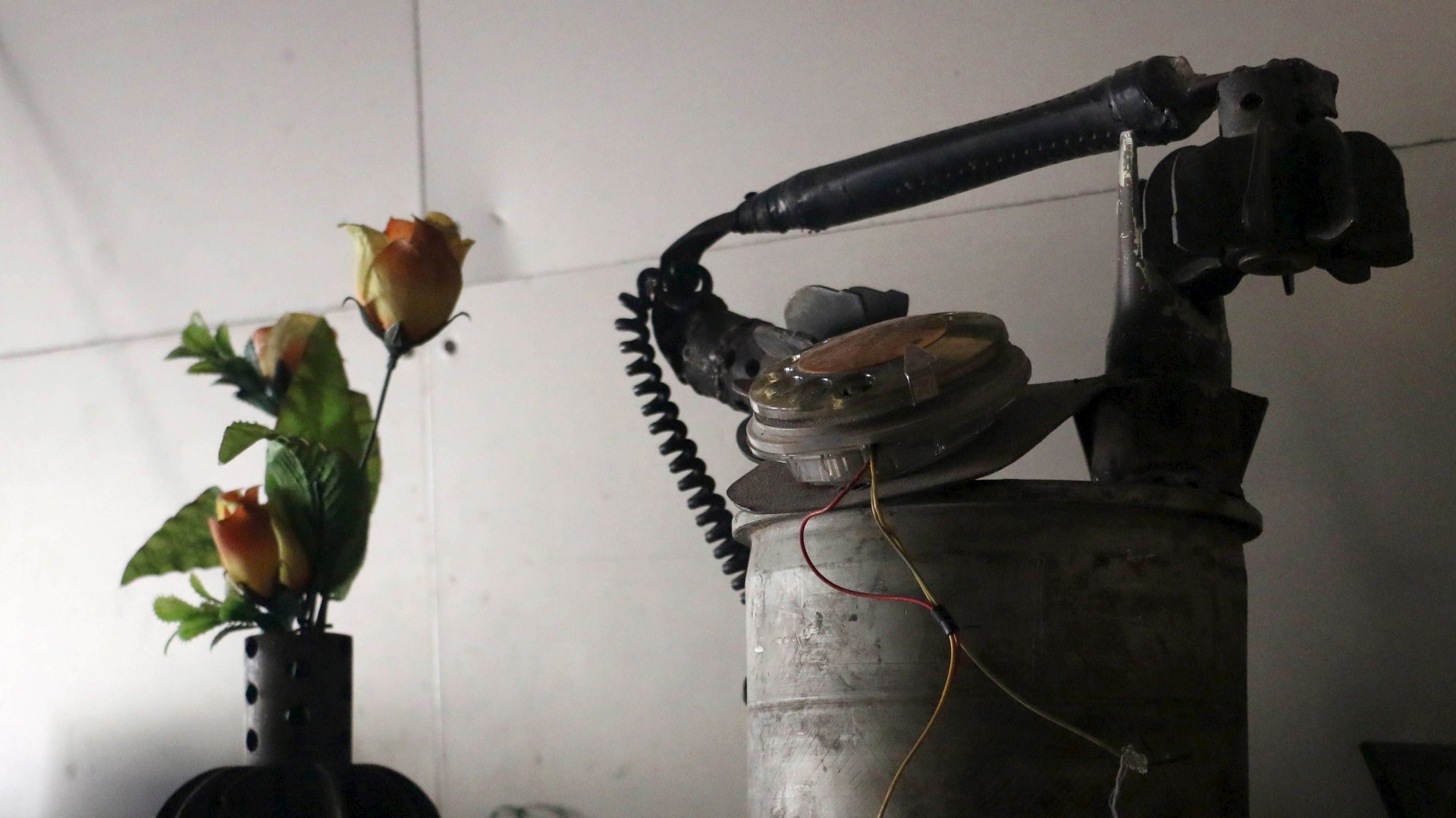Say goodbye to voicemail—and don’t be surprised if it comes back
Voicemail changed our lives. But has anybody ever liked it? That wretched PIN number you keep forgetting. That idiot who leaves you a long, rambling message meant for someone else. The one who set an “on vacation” greeting two years ago and never changed it back. The people who record messages while standing in crowded airport lounges chewing cereal bars. The ones who never answer their phones and never pick up voicemails either.


Voicemail changed our lives. But has anybody ever liked it? That wretched PIN number you keep forgetting. That idiot who leaves you a long, rambling message meant for someone else. The one who set an “on vacation” greeting two years ago and never changed it back. The people who record messages while standing in crowded airport lounges chewing cereal bars. The ones who never answer their phones and never pick up voicemails either.
No wonder 65% of JP Morgan employees have just volunteered to ditch voicemail. Good riddance to an old, unlamented, and—at least at JPM, which was paying $10 per person per month—shockingly expensive means of communication.
But seeing voicemail as a technology whose time is past is also too simplistic. Rather, its demise is a reminder that we use what’s most convenient under the circumstances—and that those circumstances are, well, circumstantial.
One colleague who worked in China in the 2000s recalls discovering that nobody used voicemail, because by the time it got to a lot of Chinese offices, text and email had already superseded it. On the other hand, the same colleague notes, voice memos are hugely popular on Chinese messaging apps like WeChat, because typing Chinese characters is such a pain. (Emoji and stickers became big in North Asia for the same reason.)
Now, as speech recognition on smartphones gets better, I still mostly type text messages in English. But in Russian, where I don’t know the keyboard so well, I dictate because it’s faster. If I spoke Chinese, where the multitude of tones and accents can confuse speech recognition, I might still be using voice memos. And if we one day give up screens for aural interfaces, voice may one day again reign supreme.
This was published as part of the Quartz Weekend Brief. Sign up for our newsletters here, tailored for morning delivery in Asia, Europe & Africa, and the Americas.